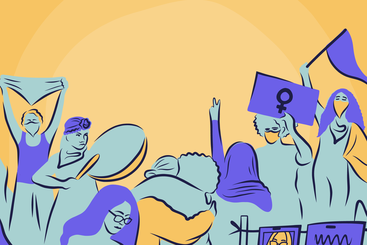Social media has become one of the 21st century’s most era-defining innovations and a key site for the renegotiation of gender norms.
Used by billions of people all over the world, these networks are providing new ways of perpetuating or contesting gender norms online. And, as digital public spaces, this makes them an important site for exploring how gender relations manifest in our daily lives.
But, in recent years, increasing evidence indicates biases towards false, sensationalist and hateful content on social media. So, what if the very design of social media platforms is itself having an impact on gender norms?
This ALIGN Report focuses on the building blocks of social media that users do not see: the back-end infrastructures of the platforms. By examining how the business models, technological architecture and organisational infrastructure work through a gender lens, this research aims to build knowledge about the possibilities for changing patriarchal social norms in the internet age.
The first in a two-part ALIGN research series focusing on social media and gender norms, this report explores how gender relations shape, and are shaped by, the proliferation of online social networks. This study opens an interdisciplinary dialogue on how social media platforms operate in the way they do, and why this matters. It concludes by proposing key pillars for a future research agenda and alternative models of regulation to meet the urgent but challenging task of strengthening the possibilities of digital spaces that foster open, gender-equal and inclusive relations.
-
Hidden in plain sight: how social media infrastructure shapes gender norms
Read more about Hidden in plain sight: how social media infrastructure shapes gender norms.




